It’s an interesting time to be in the pearl business. One of just a handful of organic gemstones in the world, pearls have come back into fashion in a big way in the past five years, and this resurgent popularity shows no sign of slowing down.
Emma Kerley, senior brand manager at West Australian pearl house Kailis, says the “timeless and classic” gemstones are having a “huge fashion moment”, adding: “You can’t open a fashion magazine these days without seeing pearls across the pages.”
Yet the Global Financial Crisis of 2008 took its toll on the industry, which is far smaller than the mined gem market. Even some of Australia’s most recognisable and high-end pearl companies, like Kailis, weren’t immune, calling it a “challenging time” that forced them to evolve.
Now, with another economic downturn on the horizon, it’s an appropriate time to find out how the pearl trade weathered the stormy seas, and if they can do it again – with the added challenge of climate change.
Here, Jeweller explores the enduring appeal of pearls, discovers which trends are captivating consumers, and what the future holds.
Timeless appeal, modern twist
From a design perspective, the pearl can be all things to all people. Available in colours from darkest black to purest white, these ethereal objects lend themselves to fabrication with diverse materials. Stainless steel, gold, platinum, silver – even leather and wool – all complement the glorious pearl.
Ken Abbott, managing director of distributor TimeSupply, says his brands Nomination, Coeur de Lion and Dansk Smykkekunst are embracing new techniques to best show off pearls: “Instead of just a string of round pearls, as is traditional, they are intermixed with a variety of other striking finishes and materials, which highlight the lustre of the pearl finish. Pearls lend a touch of prestige to any design.”
In a first for an Australian pearl designer, Kailis combined its natural South Sea pearls with Guilloché fire enamel – the same used in Fabergé eggs – and also invented a new gem setting technique for cabochon-cut gems.
“Careful research and perseverance allowed our team to blend hand-cut precious gems with our pearls, creating a unique combination of colours representing the sun setting over the West Australian landscape,” Kerley explains.
Pierre Fallourd, managing director of Atlas Pearls, reveals that “creative farmers have experimented using nuclei of different origins, including precious and semi-precious stones which would be exposed via carving the nacre at harvest time.”
Pearls can be as modern or as timeless as the woman wearing them; and understandably it’s women that make up the vast majority of pearl consumers. Male jewellery featuring pearls is negligible in the market.
The largest trend for retailers who want to appeal to female consumers is adaptability and multi-use jewellery.
“Modern women run very active lives where the lines between family, work and personal time are often blurred,” says Fallourd, whose company sources silver and white South Sea Pearls from the Indonesian archipelago. “The split between evening and daywear is disappearing, and designs suitable for all occasions are becoming more and more popular.
“Simple, bold, uncluttered designs are gaining momentum. The other feature we emphasise is the ability to cross and connect collections. Compatible clasp systems and complementary designs allow our clients to customise [their pieces].”
Over at Kailis, Kerley agrees that pieces should feel good to wear every day. “A more fashion-forward look can be achieved by wearing jewellery stacked on top of one another, mixing metals, contrasting old pieces and new pieces, and wearing them as a statement every day – not keeping these treasures in a jewellery box, only to be worn on special occasions,” she explains.
Millennials, she adds, “like to add their own twist to this traditionally elegant accessory” including wearing mismatched or single earrings.
Fallourd says younger women are also “enticed” by “less traditional, off-round shapes” like baroque pearls.
Other brands have embraced that trend. “The new Dansk Smykkekunst Audrey Collection showcases natural baroque freshwater pearls, which suit this cosmopolitan range,” Abbott says.
On the supplier side, Brendan McCreesh, managing director of O’Neils Affiliated, says baroque drop pearls “move very quickly” because they are in “limited supply” – which reflects the broader jewellery trend for individual, unusual and hard-to-find pieces.
“We have built strong relationships with our suppliers which enables us to inspect and hand-select each pearl. The time and attention we give to this selection enables our customers to design and create their own unique pieces,” McCreesh says.
For wholesaler Vibeke Henriksen of Tahitian Pearls Australia, the relative scarcity and unusual dark hue of Tahitian pearls is what makes them so appealing – but prices are at a premium for the same reason.
“The high-end quality is harder to source [so] many shops sell dyed freshwater pearls – they don’t stock real Tahitian pearls,” says Henriksen, adding that potential customers in the middle of the market are missing out because they simply have “never been introduced” to the real thing.
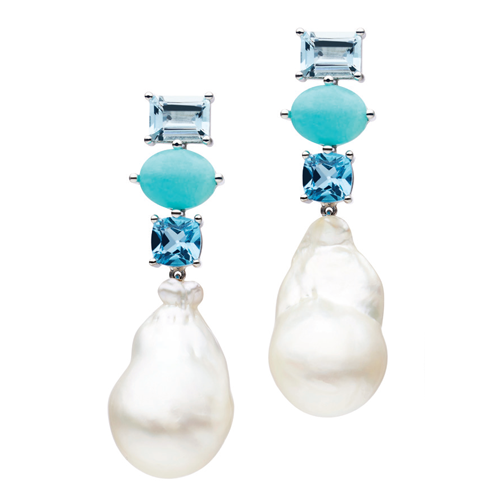 | 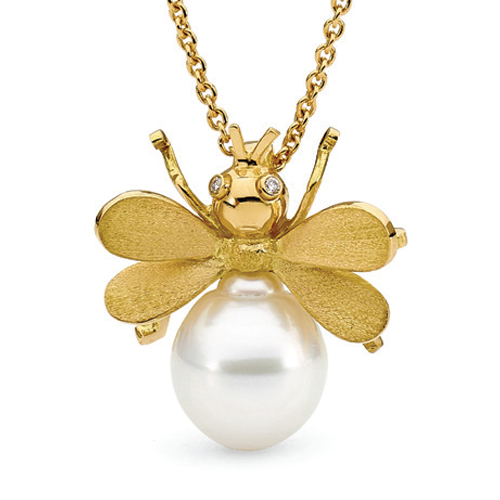 | 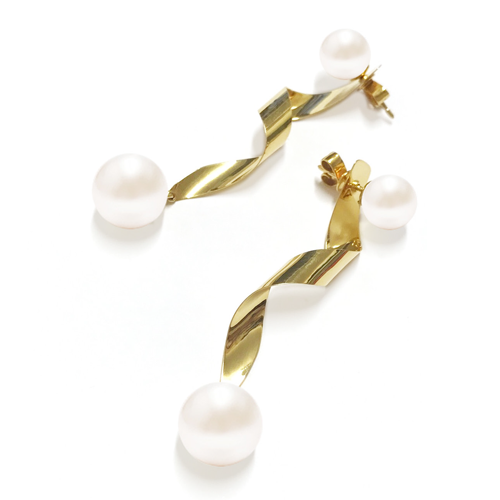 |
Above: Jan Logan | Above: Allure South Sea Pearls | Above: Atlas Pearls |
A new market
Meanwhile, faux pearls are leaving consumers hungry for more. Italian brand Nomination and Germany’s Coeur de Lion have embraced Swarovski Crystal Pearls; “They offer the tradition of the lustrous pearl finish in a variety of colours combined with other striking finishes, creating truly unique and intriguing jewels,” Abbott says.
These colours include natural black, rose gold and cream finishes, as well as blues and reds not seen in nature.
Swarovski ‘pearl’ beads are formed by coating a drilled crystal with a special finish that mimics the ‘lit-from-within’ glow of a true pearl, as well as its weight and warmth. For retailers, crystal pearls are a great way to tempt customers who love the look and feel of pearls and the durability of crystal.
Crystal pearls are not as susceptible to damage from light, perfume and hairspray, which can erode the colour and texture of pearl nacre. They are also attractively priced in the mid-range, like cultured freshwater pearls.
“All of our ranges – Coeur de Lion, Nomination and Dansk – are extremely well priced, making them excellent sellers in this current economic climate. Utilising Swarovski Crystal Pearls and natural freshwater pearls in the designs allows consumers to have the pearl look without the expense of traditional pearls,” Abbott says.
However, the real thing is no longer as far out of reach as it once was – and this is another strength of the pearl market.
It’s critical for retailers and suppliers to understand the Millennial and Generation Z markets; and what attracts younger customers, perhaps even more than an affordable price, is sustainability. Fallourd explains that new tracking technology means buyers – and therefore customers – can trace the provenance of their pearls, guaranteeing a “farm-to-consumer seamless supply chain”.
“Traceability and transparency are gaining a lot of momentum in the jewellery market place and are very palatable to Millennial consumers,” he adds.
“Diamonds have always been at the forefront, however pearls are a growing popular choice,” says Kerley, adding, “New exciting designs and influences are bringing new pearl purchasers to the market.”
With Millennials approaching their thirties and ‘growing into pearls’, and Generation Z searching for meaningful and sustainable jewellery, now is a prime opportunity to promote pearls.
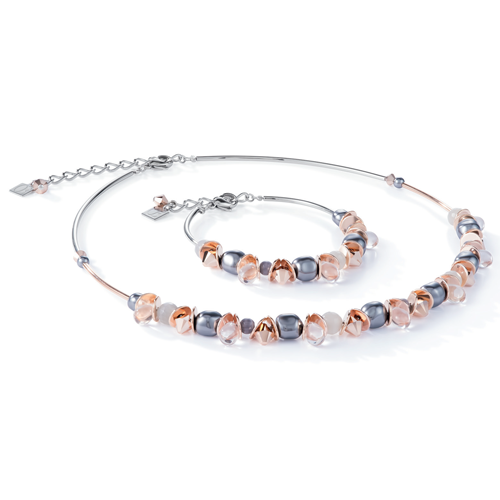 | 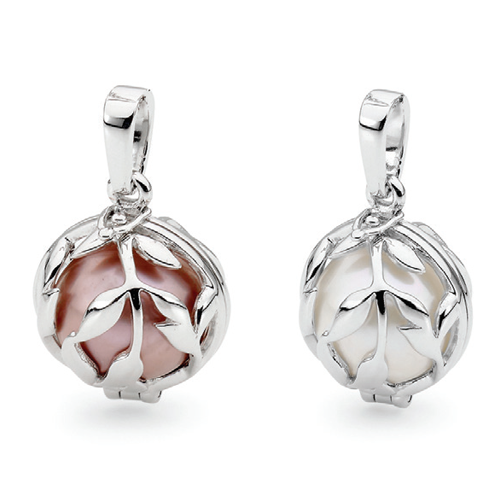 | 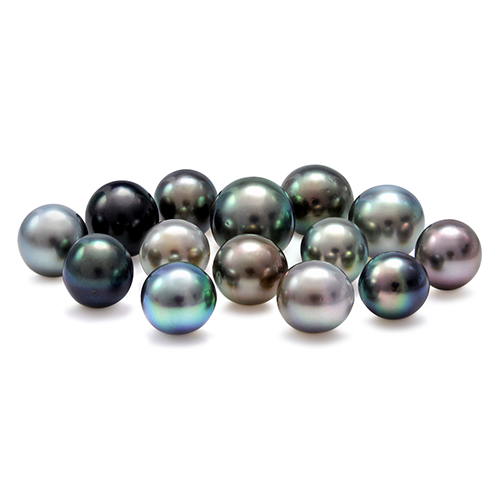 |
Above: Timesupply | Above: Ikecho Pearls | Above: Tahitian Pearls |
Lessons learned
Ten years ago, the Global Financial Crisis hit retailers hard – and the jewellery industry was no exception. The pearl industry was slugged twice over, with a squeeze on producers; in Western Australia, the number shrunk to just three. Then, stocks were hit by oyster oedema disease – animal health being a factor no other gem industry has to consider.
While wholesale prices fell, demand held fairly steady in some markets. “As a Western Australia-based business, with retail stores in Perth, Fremantle and Broome, we were lucky that the WA market continued to be buoyant due to the mining and infrastructure boom,” Kerley says, adding, “[However] this period did highlight the benefits of diversifying our business across product, geography and customer.”
Fallourd believes the industry has come a long way since the GFC: “A lot of consolidation happened at production level and only the fittest survived. The other major trend is the overwhelming influence of Chinese end consumers, who overtook the USA as prime clients for pearls in all categories.”
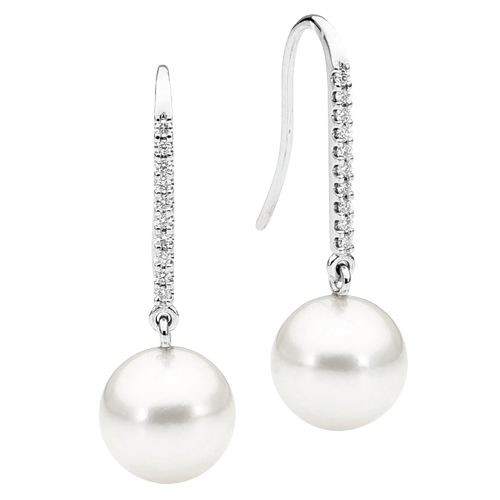 | 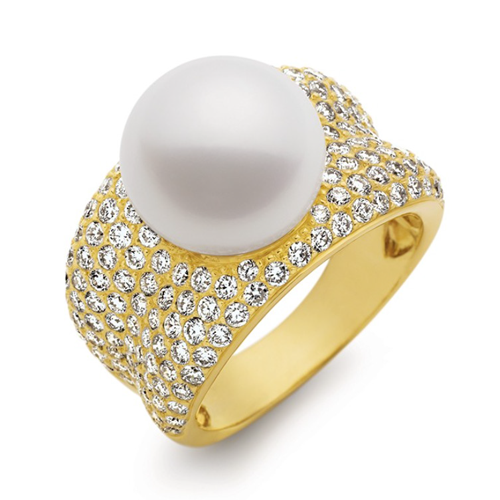 | 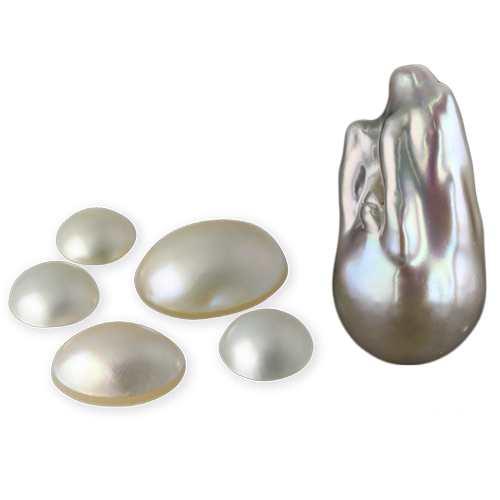 |
Above: Linneys | Above: Kailis Australian Pearls | Above: O'neils Affiliated |
Into the future
When it comes to the future of pearls, Kerley emphasises targeting a range of customers. “While retail can be a tough environment – and jewellery to a further extent as we are competing for spend with many other offerings – customers are always looking to celebrate.”
She adds “Ensuring that we have well-designed product across a range of price points makes our product a great investment, regardless of the market sentiment.”
Fallourd, too, is cautiously optimistic. “Ongoing ocean acidification and a shortage of plankton as a result of global warming will naturally regulate the ability to produce quality pearls, and actually make supply relatively scarce. I am, as a result, confident South Sea pearls and jewellery as a category have a bright future and will hold their value, especially in light of the trending appetite for gems of sustainable and eco-responsible origin.”
Ultimately, the key to the pearl’s survival may well be a simple one – and it’s the same quality that allows businesses to make it through, even thrive, in tough times: versatility.